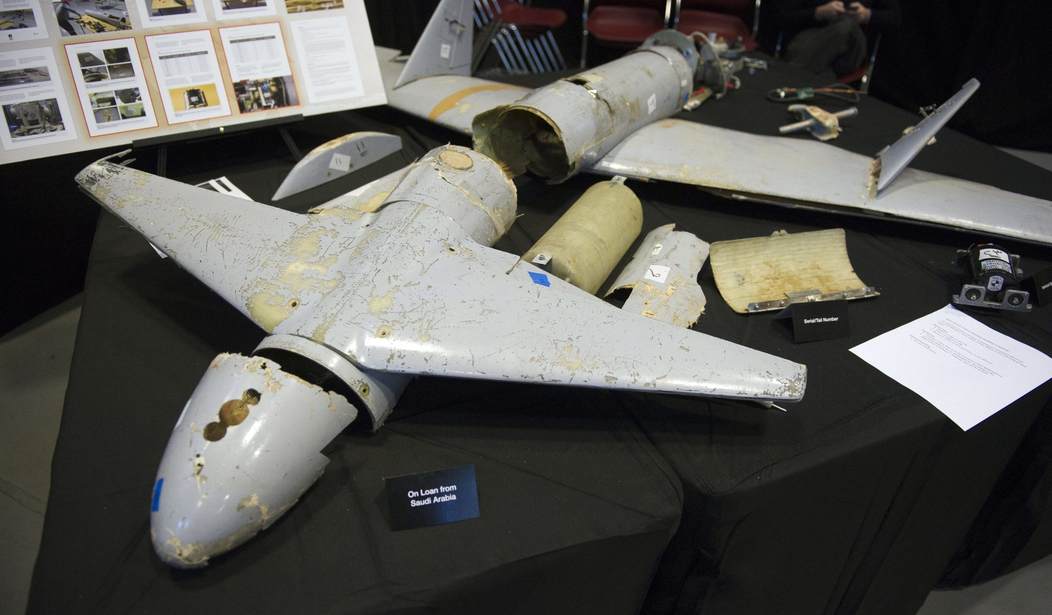The nefarious use of weaponized drones may have seen a chilling new development as Iran-backed Houthi rebels in Yemen claim to have used an unmanned aircraft to fire projectiles at Abu Dhabi International Airport.
“Abu Dhabi Airports can confirm that there has been an incident involving a supply vehicle in Terminal 1 airside area of the airport at approximately 4:00 pm today. This incident has not affected operations at AUH and flights continue to arrive and depart as scheduled,” the airport tweeted today. “Abu Dhabi Airports will continue to monitor the situation with the concerned authorities and further updates will be made available in due course.”
The Houthi-run Al-Masirah TV channel reported that they “launched several air strikes on Abu Dhabi International Airport on Thursday by new drone Sammad 3, which was unveiled today.”
“According to navigational sources, the raids have disrupted air navigation from and to the airport,” Al-Masirah claimed.
The channel said Abu Dhabi’s airport was targeted by the new drone, which the Houthis said has a range of more than 600 miles, “in response to the UAE crimes against Yemen.”
Last week, the Houthis unveiled the short-range drone Sammad 2 and said they launched strikes on a Saudi Aramco facility in Riyadh.
“Our attack on Abu Dhabi airport shows our forces are no paper tiger like our enemies claim,” Houthi spokesman Gen. Abdullah al-Jafri told Al-Masirah. “They mocked us before, but let me make it clear that the next stage will be targeting the infrastructure of our enemies in Saudi and the UAE.”
UAE officials are denying that the attack claimed by Houthis occurred. More than 30 airlines use Abu Dhabi airport, which served more than 23 million passengers in 2015 and is expanding to reach 45 million passenger capacity.
On Wednesday, Saudi state media said a Saudi oil tanker “was subjected to slight damage due to the attack by the Houthi militia,” but did not elaborate on the method.
In November, the Department of Homeland Security issued a National Terrorism Advisory System bulletin that highlighted new threats posed by nefarious groups’ increasing interest in weaponized drones.
Terror groups have been experimenting with drones in order to increase their fighting capacity, with ISIS deploying largely off-the-shelf drones to bomb enemy targets in Iraq and Syria and film the attacks for propaganda use.
A year ago, the Syrian Democratic Forces battling ISIS found “very sophisticated” American and coalition drones that had either been shot down by ISIS or crashed and recovered by the terror group so they could try to mimic the technology.
SDF fighters who inspected the site said it was the first time they’d seen an ISIS drone research facility that was building the unmanned aircraft from scratch. Notes were also found in English, indicating that Western ISIS members were in charge of the research-and-development project.








Join the conversation as a VIP Member